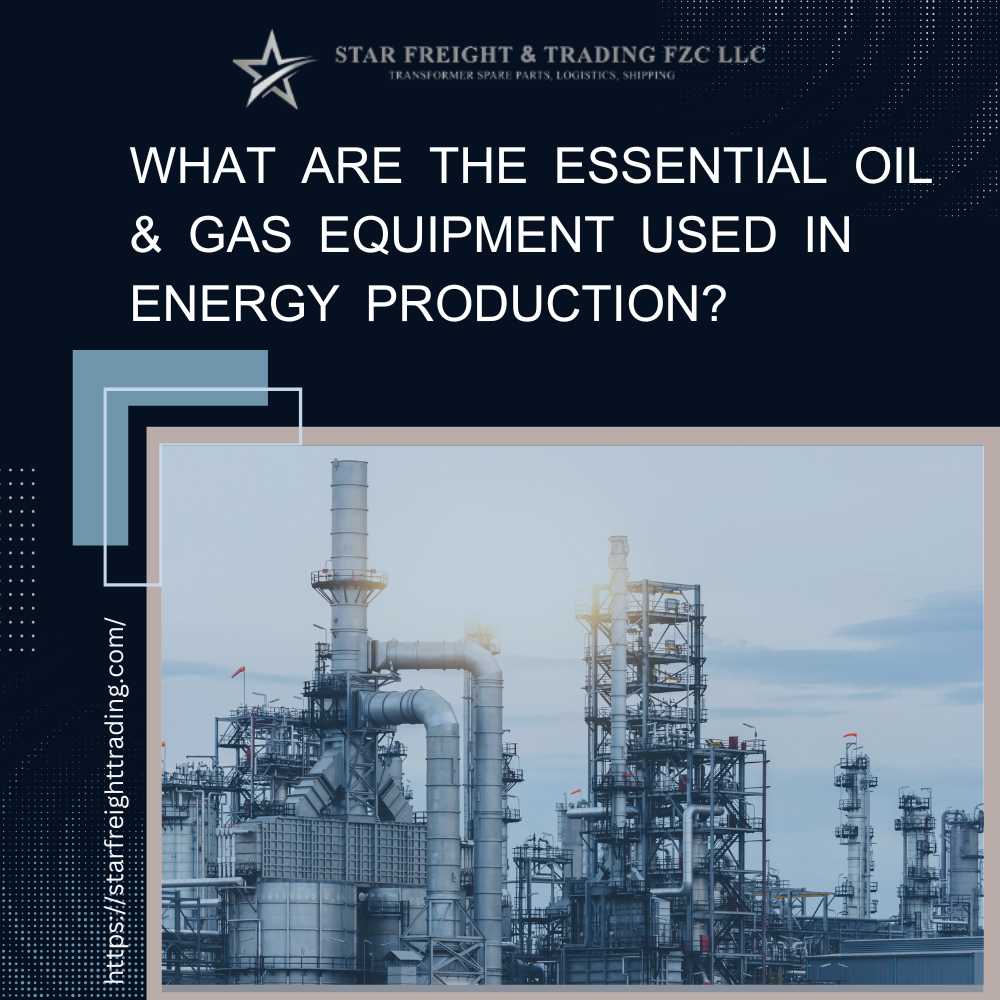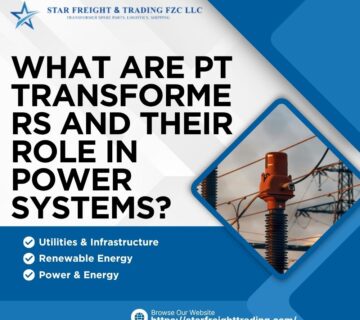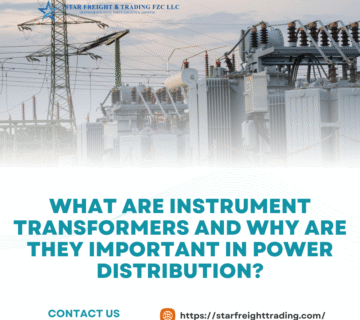The oil and gas industry is one of the most important sectors that fuels our everyday lives. From powering our cars to generating electricity, this industry makes sure energy reaches us in many different forms. But behind the scenes, there is a lot of specialized equipment working together to extract, process, and deliver oil and gas safely and efficiently. Blogs
Let’s look at some of the essential equipment used in energy production:
1. Drilling Rigs
These are massive machines used to drill deep into the earth to reach oil and gas reservoirs. Think of them as giant tools that create the pathway to extract energy resources from underground. Our Services
2. Pumps
Once the oil or gas is found, pumps are used to bring it to the surface. They keep the flow steady and make sure the resources move smoothly through the system.
3. Pipelines
Pipelines act like highways for oil and gas. They carry the resources over long distances—from drilling sites to refineries, and finally to distribution centers where they can be turned into usable products.
4. Separators
When oil and gas come out of the ground, they’re usually mixed with water and other substances. Separators are machines that split them apart so each component can be handled properly.
5. Compressors
Gas often needs to be pressurized to move through pipelines or to be stored. Compressors help push the gas at the right speed and pressure, ensuring safe and efficient transportation. Our Products
6. Storage Tanks
These are large containers where oil and gas are kept temporarily before being sent to refineries or markets. They make sure supply and demand are balanced without interruption.
7. Refinery Equipment
Once the oil and gas reach refineries, specialized machines turn them into everyday products like petrol, diesel, cooking gas, and even materials used in plastics.
What is the most important piece of equipment in oil and gas production?
The most important piece of equipment in oil and gas production is the drilling rig because it is the starting point of the entire process. Without a drilling rig, companies cannot access the underground reservoirs that hold crude oil and natural gas. A drilling rig is designed to drill deep into the earth, create a wellbore, and reach the hydrocarbon reserves hidden beneath rock layers. Once the well is drilled, other equipment like pumps, separators, and pipelines come into play, but the rig is what makes it all possible. In simple terms, the drilling rig is the “gateway” to oil and gas production, making it the backbone of the industry.
Is oil and gas equipment the same worldwide?
Oil and gas equipment is generally similar worldwide, but it is not exactly the same everywhere. The basic machines and tools used like drilling rigs, pumps, compressors, and pipelines are standard across the industry because they are essential for extracting, processing, and transporting energy. However, the specific design, size, and technology of the equipment can vary depending on the country, local regulations, type of oil or gas field, and environmental conditions. For example, offshore drilling in deep waters requires more advanced equipment compared to onshore drilling. Similarly, safety standards and environmental rules in one region may require different modifications in equipment compared to another. So, while the core equipment is globally recognized, its details and usage often differ.
How is safety ensured with such heavy equipment?
Safety in the oil and gas industry is ensured through a combination of strict regulations, advanced technology, and regular maintenance. Heavy equipment like drilling rigs, pumps, and pipelines are monitored using sensors and control systems that quickly detect leaks, pressure changes, or unusual activity. Workers are trained to follow safety protocols, wear protective gear, and handle emergencies effectively. In addition, routine inspections and preventive maintenance help keep equipment in good condition, reducing the risk of accidents. Together, these measures ensure that energy production runs smoothly while protecting both workers and the environment. Contact Us
Conclusion
The oil and gas industry is powered by heavy-duty equipment that works behind the scenes. From drilling rigs to pipelines and refineries, each piece of equipment plays an important role in getting energy from deep underground to our homes, vehicles, and industries. Without this machinery, modern life as we know it would not be possible.
Frequently Ask Questions
1. What is oil and gas equipment?
It refers to machinery and tools like drilling rigs, pumps, compressors, and pipelines used in exploration, production, and refining.
2. What are the main types of oil and gas equipment?
Key types include drilling equipment, valves, pumps, compressors, separators, storage tanks, and safety systems.
3. Where is oil and gas equipment used?
It’s used in upstream (exploration and drilling), midstream (transportation and storage), and downstream (refining and distribution).
4. How do I choose the right oil and gas equipment?
Selection depends on project size, environment, safety standards, and compliance with industry regulations.
5. Do oil and gas equipment suppliers offer maintenance?
Yes, most suppliers provide installation, inspection, and maintenance services to ensure reliable performance.
6. Why is safety important in oil and gas equipment?
Properly designed and maintained equipment reduces risks of leaks, explosions, and accidents in hazardous environments.





No comment